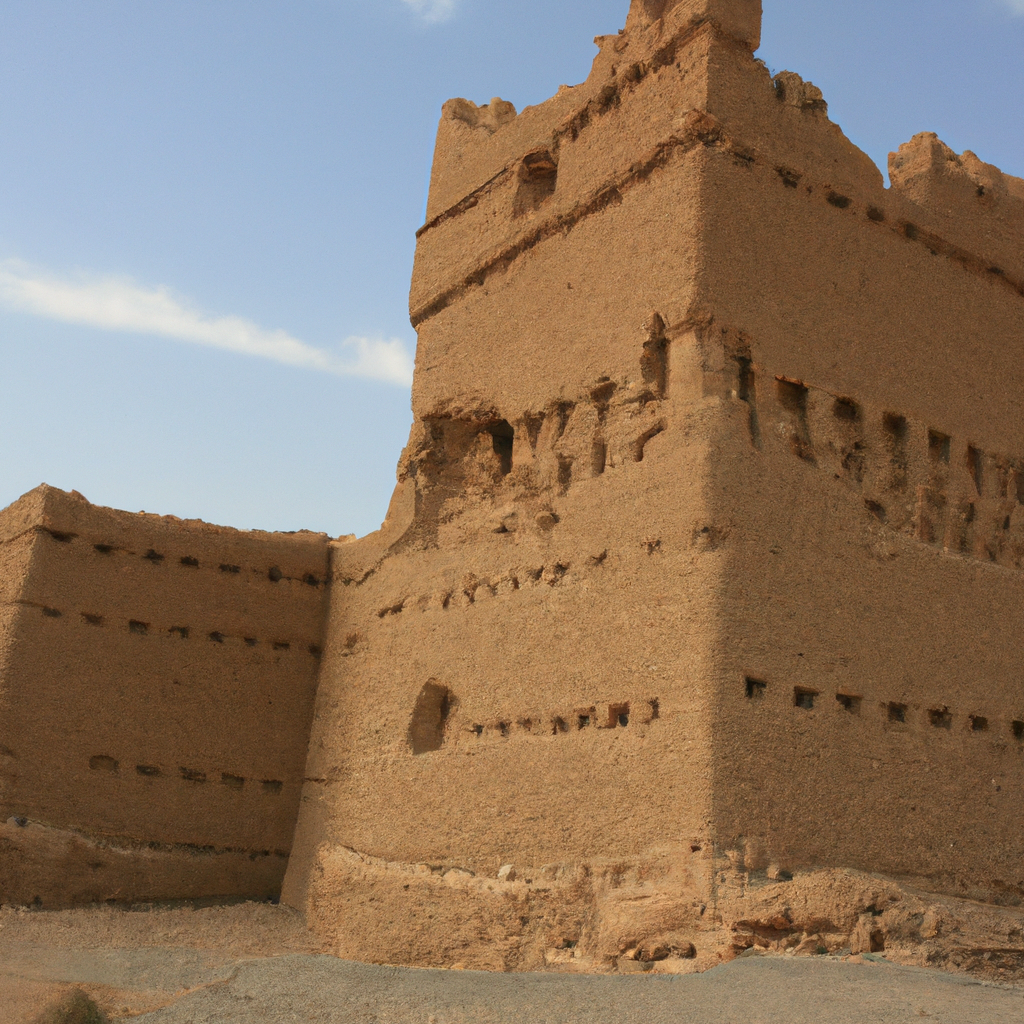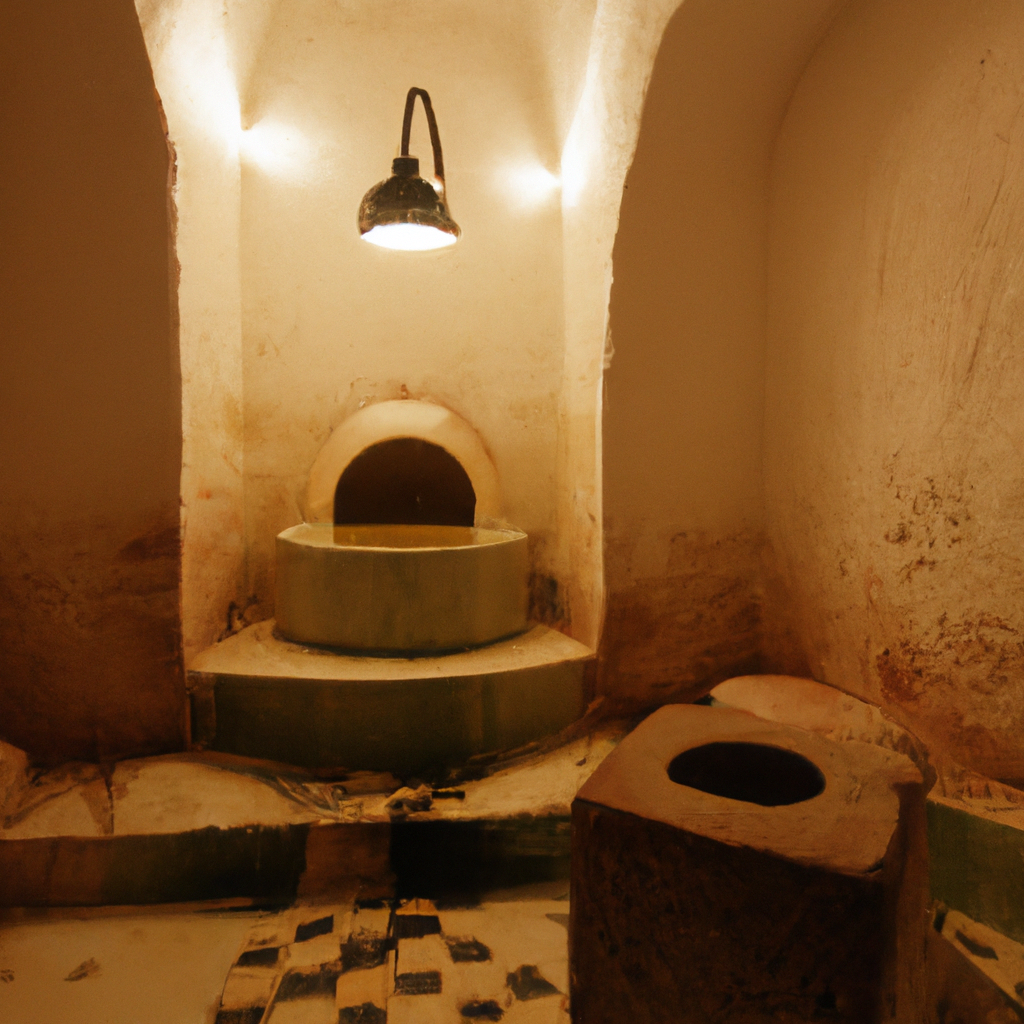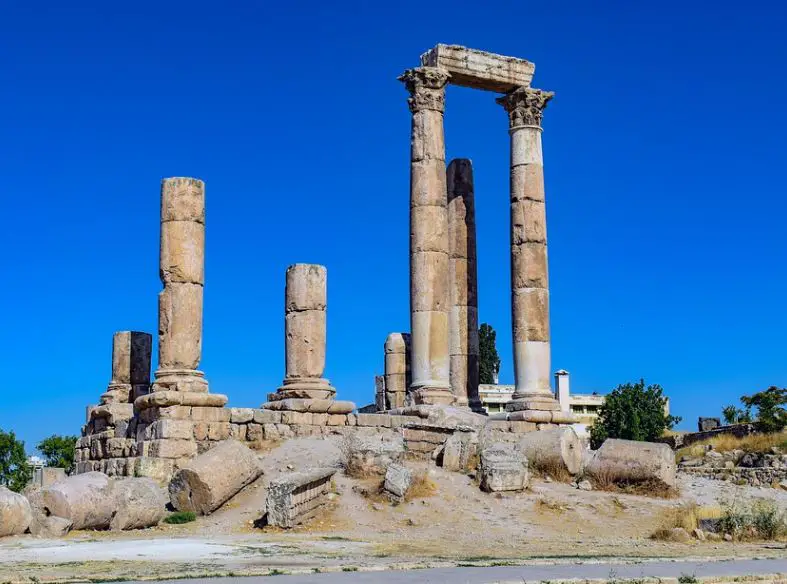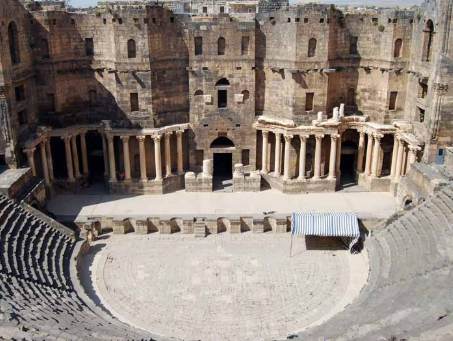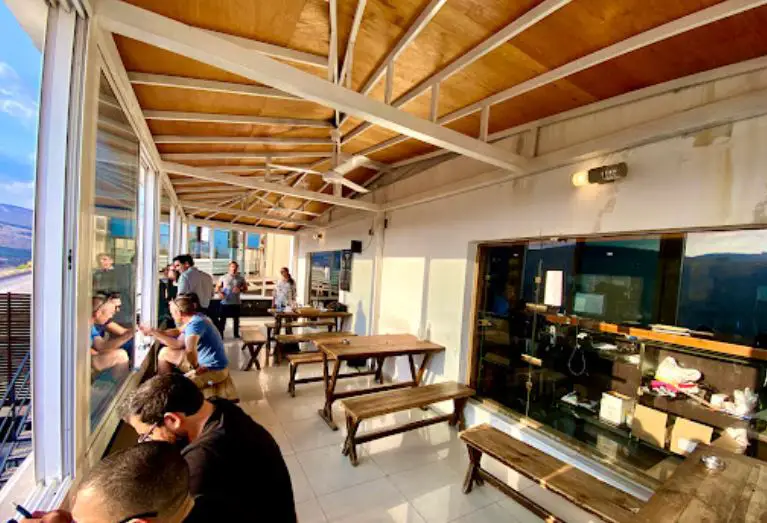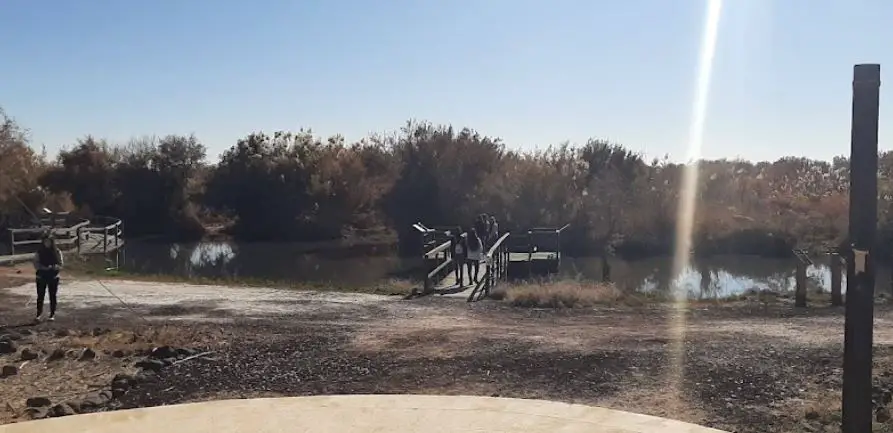Wadi Rum - Desert valley and UNESCO World Heritage Site In Jordan: Overview,Prominent Features,History,Interesting facts
Overview:
Wadi Rum is a desert valley located in southwest Jordan near the Jordanian-Saudi Arabian border. It is known for its natural features, including towering rock formations, sandstone cliffs, and otherworldly red sands. Wadi Rum is one of the planet’s most spectacular desert landscapes and has been recognized as a UNESCO World Heritage Site for its extraordinary natural beauty. Adventure enthusiasts may embark on jeep tours through the desert, camel treks, rock-climbing excursions, and hot air balloon rides to view the stunning scenery, while those interested in the region’s history can explore ancient ruins, such as Lawrence’s Spring, a former meeting point for tribes in the region, as well as Jebel Maghara, an Iron Age necropolis. Wadi Rum’s natural attractions, cultural significance, and unrivaled beauty are what draw visitors to this majestic desert valley. You can learn history, culture, and heritage through these magnificent monuments in Jordan
Prominent Features:
• Rugged, dramatic and enchanting desert valley in southern Jordan • Located in the southwest of Amman, near the Jordanian-Saudi Arabian border • Spectacular mountain and desert landscapes in shades of terra cotta, sienna, pink and golden ochre • Dozens of ancient rock drawings, and archaeological sites ranging from those of the 12,000 BC hunters to the Nabataeans, who inhabited the area in 300 BC • Popular desert activities include 4x4 jeep tours, trekking, camel riding, rock-climbing, and camping • Visited by Lawrence of Arabia and countless other famous adventurers • This land was also featured in Hollywood movies such as Lawrence of Arabia, The Martian, and Red Planet. This national monument of Jordan portrays the history and culture of the country.
History:
Wadi Rum, also known as the Valley of the Moon , is a desert valley located in Southern Jordan. It is part of the spectacular oasis in the Arabah region, a designated UNESCO World Heritage Site. This area of Jordan has been inhabited since prehistoric times, and evidence shows that humans lived in Wadi Rum as early as 30,000 BC. The evidence also suggests that the Nabataeans, an Aramaic-speaking people, may have inhabited the area by 1000 BC. They were responsible for creating a unique system of water collection and storage structures. Around the 7th century BC, there is evidence of Nabataean presence in Wadi Rum. The largest archaeological site in the region is at umm al Biyara, which is home to many temple and burial sites. These structures are believed to have been constructed by the Nabataeans. In the following centuries, Wadi Rum had many occupants, including Nabataeans, the Nabatean kingdom of Petra, the Edomites, Romans, Ottomans, and the Turks, amongst others. Today, the Bedouins of Wadi Rum are the area's main inhabitants. They inhabit the villages in Wadi Rum, practice ancient customs, and continue the traditions of life in this desert valley. The Wadi Rum area is also home to a wide variety of wildlife, including lizards, foxes, gazelles, hyenas, and the unusual mountain goat-like animal, the dorcas gazelle. In 2011, Wadi Rum became a UNESCO World Heritage Site, the first in Jordan. UNESCO recognizes the site for its unique architecture and cultural value. It is listed for its "outstanding universal value," particularly for its cultural heritage, its terrain, and its biodiversity. In 2020, the global pandemic adversely affected the tourism industry in Jordan, and Wadi Rum was no exception. As international tourism dwindled, the Bedouins of Wadi Rum became affected by the economic downturn, so important initiatives have been put in place. This includes the launch of the Wadi Rum Eco-tourism project, which is designed to develop a sustainable, low-impact tourism model and ecosystem in Wadi Rum. This is to ensure that this unique location can be appreciated for generations to come. You must visit one of these historical places in Jordan on your Jordan tour
Interesting facts:
1. Wadi Rum is one of the world’s great deserts, stretching across a vast area of Jordan’s extreme southwestern desert. 2. The surrounding desert sand and rock has been shaped by strong winds throughout its history, forming “Finger Canyons”, towering red and orange towering walls, sand dunes and beautiful rock formations. 3. The area has been used for military training exercises and has also served as the backdrop for several Hollywood films including Lawrence of Arabia and Red Planet. 4. Wadi Rum was declared a UNESCO World Heritage Site in 2011, due to its impressive natural features, including mountains, valleys, sandstone and granite cliffs and its extraordinary biological value. 5. Archaeological evidence suggests that humans have lived in Wadi Rum for over 12,000 years, with cave paintings and inscriptions found in the area. 6. Wadi Rum is home to over 800 types of plants and animals, including Barbary sheep, ibex, hyrax, lizards, hedgehogs, rodents, and around 50 kinds of birds. 7. Many Bedouin tribes still inhabit the area and make their living on herding livestock and by running camping sights and jeep safari tours for visitors. 8. In 2012, Wadi Rum launched its own hot air balloon festival, which sees desert locals take their colorful hand-crafted balloons for a spin in the warm desert air. Visit one of the famous monuments of Jordan with your friends and family.
Explore Jordan most popular tourist destination with us. Wadi Rum - Desert valley and UNESCO World Heritage Site In Jordan: Overview,Prominent Features,History,Interesting facts,which is 35.14 km away from Jordan main town, is the most popular destination to add in your travel wishlist.
-
City:
Jordan
-
state:
Jordan
-
country:
Jordan
-
country code:
JO
-
postcode:
71912
Location:
Jordan Jordan
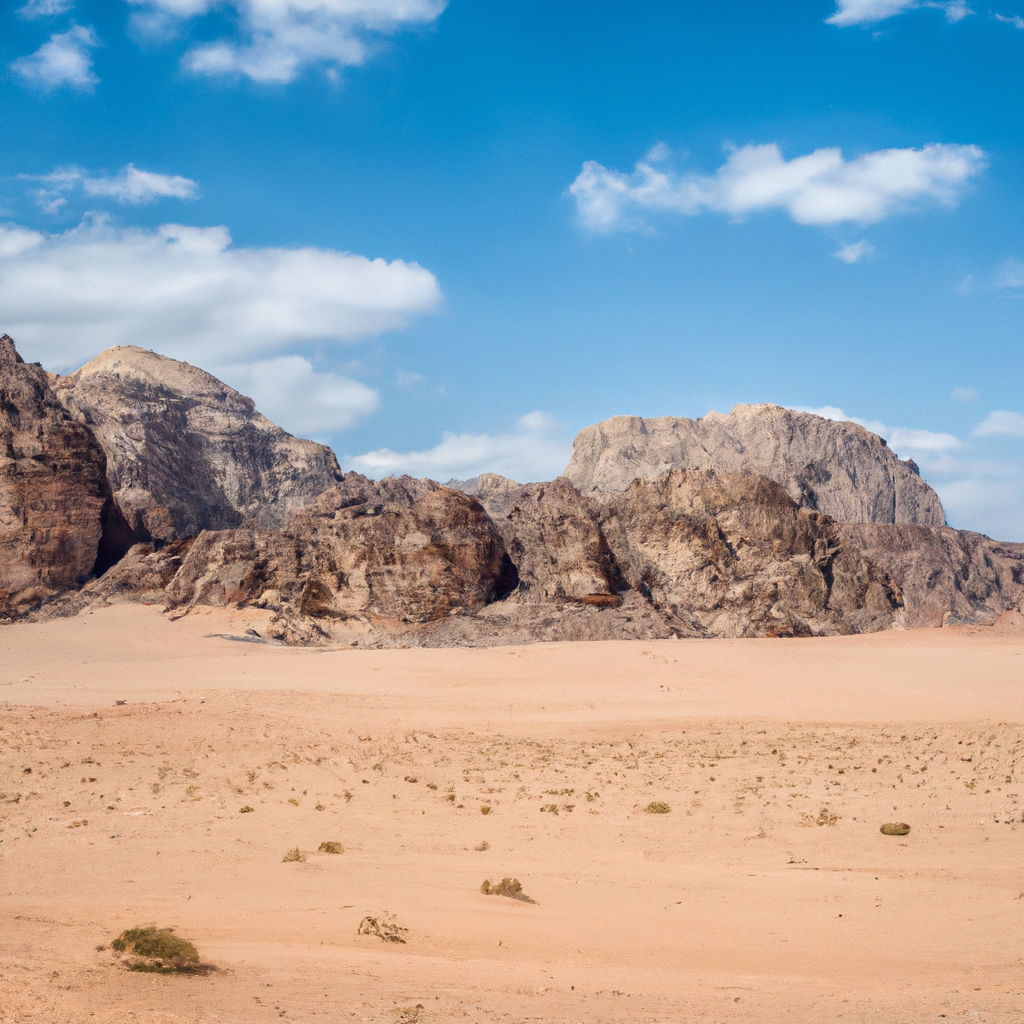

 In Jordan.png)
 In Jordan.png)
